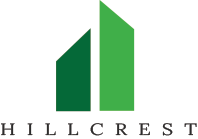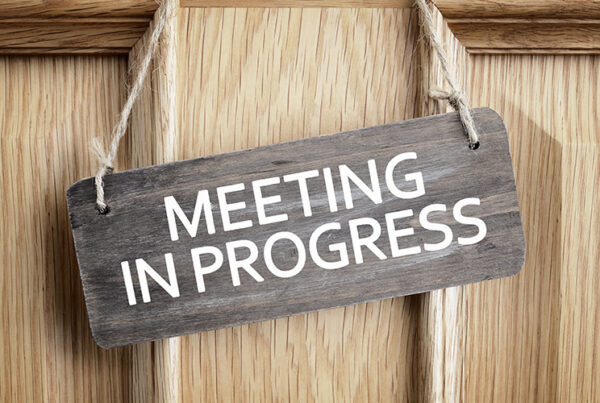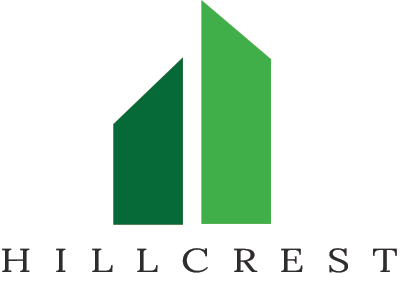An HOA meeting is a critical tool in ensuring the continuous and successful operations of a homeowners association. Not all members understand what goes on in a board meeting, often missing essential items and details. Fortunately, this will serve as a guide for both homeowners and board directors.
What is an HOA Meeting?
A homeowners association meeting can refer to any meeting that takes place in an HOA community. More often than not, it pertains to a board meeting, which is a meeting of the association’s board members. Although attendance from board members is mandatory, board meetings are also typically open to homeowners (non-board members).
An HOA board meeting serves an important purpose. At this meeting, board members discuss association business and make decisions on matters that will have both short- and long-term effects on the community and its residents.
Are HOA Meetings Open to Homeowners?
Several states have open meeting laws. In Illinois, for instance, HOA board meetings must be open to all owners as per 765 ILCS 160/1-40. Moreover, most associations’ governing documents also require open board meetings.
Homeowners should make an effort to attend these board meetings. In doing so, they can stay up-to-date on all community affairs and witness how the board makes its decisions.
How Often Does an HOA Meeting Occur?
The frequency of a board meeting depends on two things: state laws and the governing documents. Some states have laws that specify how often board meetings should be held. Most of the time, the HOA board will need to refer to its bylaws for guidance. In general, board meetings can happen monthly, quarterly, or as needed.
Other Types of HOA Meetings
Apart from the regular board meeting, there are other types of meetings that occur in an HOA. These include the following:
- Annual Meeting. Also known as the membership meeting or general meeting, the annual meeting is a meeting of all members. This is where the HOA board presents important reports from the previous year, plans for the upcoming year, and the annual budget. It’s also when board elections take place.
- HOA Executive Session. This is a closed-door meeting of the HOA board. Several states and governing documents allow the board to hold executive meetings where it can discuss and vote on sensitive or private matters. These often include litigation actions, personnel, delinquencies, and vendor contracts.
- Special Meeting. This type of meeting happens on short notice. Instead, it only takes place to discuss emergencies or urgent matters. Typically, special meetings can be called by both board members and homeowners.
- Committee Meeting. This is a meeting of committee members to discuss issues involving the duties of the committee.
What Happens in an HOA Board Meeting?
In an HOA meeting, a call to order and a roll call happen first. Then comes the review of past meeting minutes, a presentation of reports, and a discussion of old and new business. Homeowners then get time to voice their comments and concerns at an open forum. The meeting ends with an adjournment.
Let’s discuss each item below.
1. Call to Order and Roll Call
 A call to order officially starts the meeting. The board president usually handles this, but other board members can also take care of it. Most of the time, the call to order happens at the time when the meeting is scheduled to begin.
A call to order officially starts the meeting. The board president usually handles this, but other board members can also take care of it. Most of the time, the call to order happens at the time when the meeting is scheduled to begin.
The roll call quickly follows the call to order. This is when attendance is taken and board members are introduced to all attendees.
2. Review of Past Meeting Minutes
After the roll call, the meeting will then proceed with a review of past HOA meeting minutes. The purpose of this is to refresh everyone’s memory and inform those who were absent last time of what happened. This also ensures that any issues left open from the previous meeting will be addressed in this one.
3. Board and Committee Reports
The next item on the agenda is the presentation of reports from the board and committees (if any). These reports keep homeowners aware of what’s going on in the association. Reports can include, but are not limited to, financial reports, architectural committee reports, maintenance issues, and upcoming events.
4. Old Business
After catching everyone up on the current situation of the association, the board will then tackle old business. This refers to any unresolved issues or topics from the previous meeting.
Keep in mind that not all old business might be resolved at this point. In that case, such items will be included in the old business section of the next board meeting.
5. New Business
Following the discussion and resolution of old business comes new business. This pertains to any new issues or projects that the board must discuss, address, or vote on. Sometimes, the board will need more time to deal with new business and move the item for discussion to a future meeting.
The importance of this part of the meeting is to make everyone aware of the new issues or projects happening in the community. This is not the part where homeowners can weigh in. That comes next.
6. Open Forum
 State laws and governing documents often require board meetings to hold open forums. This is an allocated time when homeowners can voice their concerns, share their opinions, or ask questions. In Illinois, 765 ILCS 160/1-40 requires a designated portion of the meeting for open comments.
State laws and governing documents often require board meetings to hold open forums. This is an allocated time when homeowners can voice their concerns, share their opinions, or ask questions. In Illinois, 765 ILCS 160/1-40 requires a designated portion of the meeting for open comments.
The HOA board should limit the open comment time to one per homeowner. This will keep things brief and productive at the same time. Moreover, board members should avoid addressing owner concerns at this point. They can acknowledge the issue and include it for discussion at the next meeting.
7. Adjourn
To officially end the meeting, the president or another board member can call for the meeting to be adjourned. After adjourning, no official business can be conducted, but many communities hold social gatherings after the meeting is closed.
How to Hold a Productive HOA Meeting
Meetings take a chunk out of everyone’s time, so it’s important to make sure they accomplish their objectives. To hold a productive HOA meeting, here are some tips.
1. Create and Stick to an HOA Meeting Agenda
An agenda is an outline of items and discussions that will take place at the meeting. Generally, associations must prepare this agenda in advance and distribute it with the meeting notice.
Many states also prohibit meetings from straying from the agenda. Board members should ensure they stick to the agenda items. If anyone deviates from the agenda, the board should steer the conversation back to the topic. This will keep everything streamlined.
2. Prepare Early
Board members should prepare for the meeting ahead of time. With an agenda, board members know what discussions and votes will take place at the meeting. For this reason, they should educate themselves on the issues before the meeting so they can come prepared.
3. Provide Proper Notice
State laws and governing documents typically require properly noticed board meetings. In Illinois, the HOA must give at least 48 hours’ notice of board meetings to all members (765 ILCS 160/1-40). If the meeting involves the adoption of the annual budget, regular dues, or special assessments, the notice must be given at least 10 days and no more than 60 days before the meeting.

4. Take Meeting Minutes
Documentation is everything. All HOA meetings should have meeting minutes taken, including board meetings. The secretary is usually responsible for taking meeting minutes, but they can also assign someone else to take on this task. After the meeting, the HOA board should also distribute the minutes to all members.
5. Encourage Participation
Although board meetings usually only require a quorum of board members to proceed, it’s still a good idea to encourage homeowners to attend. Board meetings keep them informed and facilitate transparency within the community.
Additionally, homeowners also get a chance to voice their issues and concerns during the open comment portion. This will make board members aware of the problems of residents and allow them to gauge owner satisfaction effectively.
6. Limit Interruptions
Interruptions can prolong meetings and offer little to no value. Board members should stick to the agenda and know how to deal with potential disruptions or conflicts. If a homeowner is misbehaving and causing a disturbance, the HOA board may be able to escort them out of the meeting.
This is also why it’s important to set ground rules. Board members should establish rules on how homeowners should behave during the meeting. They should ensure that all homeowners are aware of these rules and follow them.
7. Keep Track of Time
If a discussion is going around in circles and taking too long, the president should take charge of the conversation. Agenda items should receive an estimated duration to keep everyone on schedule.
The HOA board should also limit open comment time per homeowner. The average is two minutes per owner, but this can vary depending on the size of the community, too. It’s also good to prevent a homeowner from speaking twice if others haven’t had a chance to speak yet.
Lengthy board meetings discourage future participation from homeowners. To ensure high attendance, board members should keep meetings brief and productive.
 8. End on a Positive Note
8. End on a Positive Note
Finally, the HOA meeting should close on a positive note. The board should thank homeowners for attending and thank their fellow board members for volunteering their time. Showing appreciation to attendees for their participation and time can go a long way in encouraging them to participate in the future.
The Final Word
The HOA meeting plays a vital role in the operations of a homeowners association. Without it, board members can’t conduct association business. Holding meetings, especially productive ones, can come as a challenge, but these tips should help communities everywhere.
Hillcrest offers HOA management services to communities in Chicago. Call us today at 630-627-3303 or contact us online to request a proposal!
RELATED ARTICLES:
- HOA Meeting Minutes Template For Accurate Records
- HOA Meeting Protocol: A Proper Structure For Meetings
- 9 Ways To Enhance The Sense of Community In HOAs





